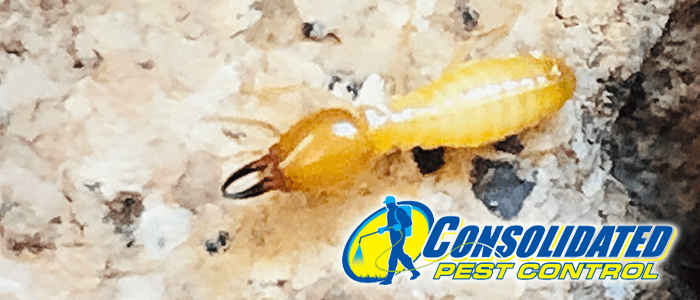
Termite Prevention
In the warmer months in Florida, it’s easier to spot termite infestations because of longer days and more frequent outdoor activities. However, this also means that inspections done during these months will likely expose possible issues with your property, and that’s whether or not you have ever noticed signs of such an invasion before now! So, how about termite prevention? How do you do it?
The economic toll of termite damage in the United States is staggering: Each year, these insects destroy crops and structures worth $20 billion. If you discover that your home has been invaded by termites, repairing their destruction could cost as much as $3,000 at the lowest.
Get Rid of Termites Before They Get Rid of Your House
Termites require three things in order to survive: wood, water and soil. By eliminating these sources from your home you can greatly reduce the risk of termite infestation.
- Water: Termites survive by drinking water, regardless of where it comes from. These sources include rain puddles or leaking pipes in apartment buildings.
- Wood: Termites love to eat cellulose, a compound found in the wood used in many homes. They will often chew through books or other paper products looking for more food sources.
- Soil: Termites build their colonies in soil and make mud tubes leading back to these underground nest sites.
Keep Wood Stored Away From Home
Termites are attracted to wood, so keeping a pile of logs near your house will bring those pests into it. The National Pest Association advises homeowners to keep firewood and sawdust at least 20 feet away from their homes, and also recommends using treated lumber for structures close to the ground.
Trim Your Trees and Bushes
Termites and other insects use leaves, limbs and sticks as pathways to your house. Regularly mowing your lawn while keeping trees and bushes trimmed will keep these pests from reaching the walls of your home or creating a colony within it.
Use Rubber Mulch
Termites are attracted to mulch, the wood chips often used as ground cover around trees and plants in backyards. Rubber mulch, which is made from recycled tires and sold by home improvement stores, is less attractive for termites than the regular wood-based varieties found at most garden centers.
Seal Crevices and Cracks
Termites that enter your home through cracks in its foundation and open crawl spaces can be kept out by sealing those entry points well and covering the crawl space with plastic sheeting.
Remove Sources of Water for Termite Prevention
Problems resulting from water damage are often the result of problems with drainage, so get rid of sources of water like leaves and twigs blocking gutters by regularly cleaning them out. Repair any leaks indoors or outdoors as soon as possible to reduce humidity in your attic or crawl space; do this by ventilating it on a regular basis (i.e., every few months)
Conclusion for Termite Prevention
Although it’s important to take precautions against termites, if you’ve done all of these things and still have an infestation in your home, the best thing you can do is call a professional. Consolidated Pest Control offers a low-chemical bait approach that will eradicate your termite problem without harming anyone or anything else in the house.








